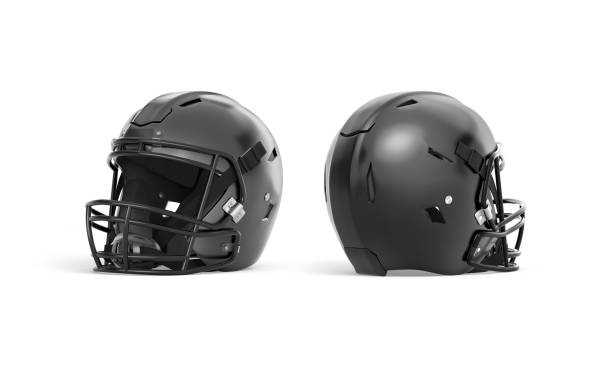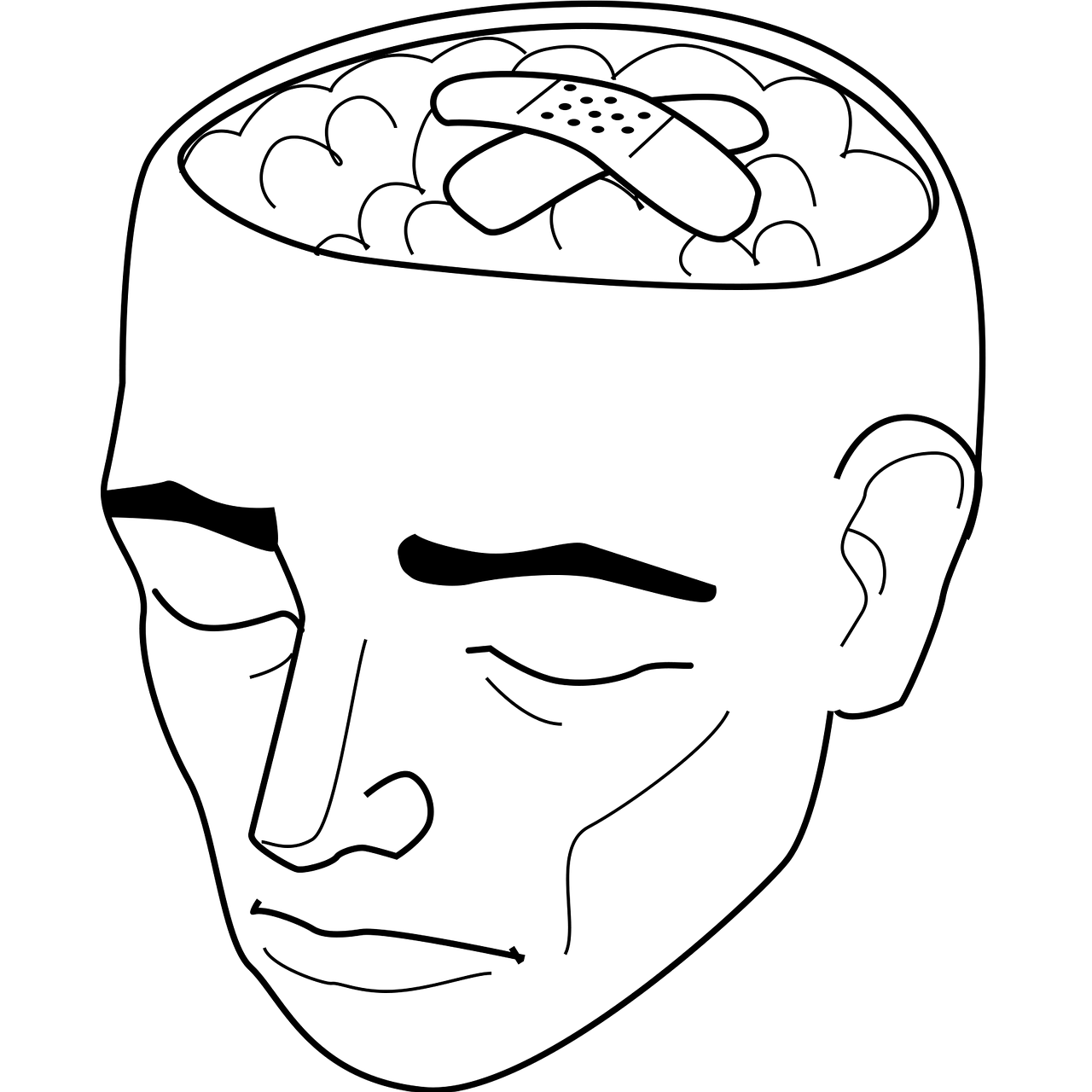Sports have always balanced excitement and risk. From football tackles to cycling crashes, athletes constantly test human limits and safety technology has evolved to protect them. Helmets, pads, and guards have long been the first line of defense, reducing the severity of injuries and saving countless lives. Yet, as athletes push harder, faster, and further, it’s clear that traditional gear can only do so much. The future of sports safety demands more than equipment it requires intelligence, integration, and innovation.
Limitations of Current Safety Gear
Helmets and padding have revolutionized athlete protection, but they are reactive, not proactive. A helmet protects against impact but can’t prevent the collision itself. Shin guards and pads can reduce bruising but won’t stop fatigue-related injuries or overuse damage. Despite advancements in materials, concussions, ligament tears, and repetitive strain injuries remain common across all sports levels.
The National Athletic Trainers’ Association reports that up to 90% of athletes experience some form of sports-related injury during their careers, and many suffer long-term consequences. This statistic highlights a critical reality: modern sports gear minimizes damage, but it doesn’t address prevention or prediction. The challenge now is to evolve from simple protection to intelligent safety combining data, design, and human insight.
New solutions are beginning to merge traditional protection with modern technology. For instance, integrating identification and health data into equipment allows faster medical response in emergencies. Many athletes now use wearable identifiers like an Emergency medical iron-on label, which securely displays critical health and contact information directly on uniforms or gear. In the event of an accident, medical teams can access vital data instantly, saving valuable seconds. This integration shows how even small innovations in design and personalization can greatly enhance on-field safety, especially in youth sports, cycling, or endurance events where quick response can be life-saving.
Emerging Technologies in Sports Safety
Beyond basic protection, technology is transforming the way athletes prevent, detect, and recover from injuries. The next generation of sports safety is digital, data-driven, and deeply personalized.
Smart Wearables and Impact Sensors
Wearable devices now track movement, body temperature, hydration levels, and even muscle fatigue. Smart sensors embedded in helmets, shoes, or clothing can detect excessive impact or irregular motion that might indicate an injury risk. In contact sports, these devices can instantly alert coaches or medical staff when an athlete experiences a dangerous hit.
For example, impact sensors used in youth football and hockey record the force and location of every collision. If the system detects a potentially dangerous blow, it signals the sidelines to evaluate the player immediately. These real-time insights help prevent secondary injuries a major cause of long-term damage in sports-related concussions.
Advanced Materials and Self-Healing Gear
Material science is also revolutionizing safety design. Researchers are developing lightweight, shock-absorbing fabrics and polymers that outperform traditional foam padding. Some of these materials even have “self-healing” properties, allowing them to recover their original structure after an impact. This innovation could extend the lifespan of safety gear and maintain consistent protection levels over time.
In sports like cycling, skiing, or motorsport, where impact energy can be extreme, materials such as D3O or graphene composites are already being tested. These substances remain flexible during movement but instantly harden upon impact, absorbing shock more efficiently than conventional padding.
AI and Predictive Analytics
Artificial intelligence is reshaping how teams monitor athlete health. By analyzing data from sensors, video footage, and biometrics, AI can predict injury risks before they happen. Machine learning models can identify patterns like small changes in stride, reaction time, or muscle imbalance that precede injury. Coaches can then adjust training loads or rest schedules to reduce risk.
AI systems are already used in professional leagues for injury prevention and performance optimization. As the technology becomes more affordable, it will likely reach amateur and youth sports, democratizing access to proactive safety tools.
Holistic Approach to Athlete Protection
The next frontier in sports safety extends far beyond physical protection. True safety means safeguarding both the body and the mind. Athletes today face not only physical strain but also psychological pressure, burnout, and emotional stress all of which can affect performance and increase injury risk.
Mental Health and Recovery
Modern sports organizations are prioritizing mental health as a component of safety. Programs that address stress management, anxiety, and emotional resilience can reduce burnout and improve decision-making during competition. Research shows that athletes who maintain psychological balance recover faster and experience fewer repetitive injuries.
Training Load and Recovery Monitoring
Smart recovery tools like compression garments, cryotherapy, and sleep-tracking devices help athletes understand when their bodies need rest. Overtraining is one of the leading causes of chronic injuries, yet it’s entirely preventable. Technology now enables personalized load monitoring, adjusting training intensity based on real-time physiological feedback.
Nutrition and Individualized Care
Nutritional science also plays a key role in athlete safety. Proper hydration, balanced diets, and micronutrient optimization support muscle recovery and injury prevention. Personalized nutrition plans, guided by genetic or metabolic analysis, are becoming common among elite athletes. These insights help tailor recovery strategies and improve resilience under stress.
Future of Sports Safety
Looking forward, sports safety will be shaped by integration merging equipment, data, and human expertise into a single ecosystem. Athletes will wear connected gear that communicates with coaches, medical professionals, and even AI systems in real time. A helmet might not only absorb impact but also transmit injury data directly to a medical dashboard. Smart uniforms could regulate body temperature while tracking hydration and fatigue levels.
Future stadiums and training facilities will likely include advanced biometric monitoring systems. These technologies could instantly detect irregularities in heart rate, muscle strain, or even cognitive performance, alerting staff before serious problems occur. The ultimate goal is a fully predictive safety environment one that anticipates danger before it happens.
However, this future also raises ethical and accessibility challenges. Who owns the biometric data? How do we ensure athlete privacy? Can smaller organizations afford these innovations? To make sports safety equitable, technology must remain affordable, secure, and inclusive. Youth sports programs, in particular, will need scalable and cost-effective safety tools that protect without excluding participants.
Conclusion
The story of sports safety has evolved from basic gear to intelligent systems. Helmets and padding will always play an essential role, but the future lies in prevention, prediction, and holistic protection. Through smart wearables, advanced materials, and data-driven insights, athletes can push limits with confidence and reduced risk.
The next era of sports safety goes beyond physical barriers it’s about understanding the human body in motion, anticipating danger, and responding intelligently. Whether it’s an AI predicting fatigue, a fabric absorbing unprecedented impact, or a simple medical label saving seconds in an emergency, every innovation matters. Together, they create a world where athletes can perform at their best safely, sustainably, and fearlessly.



